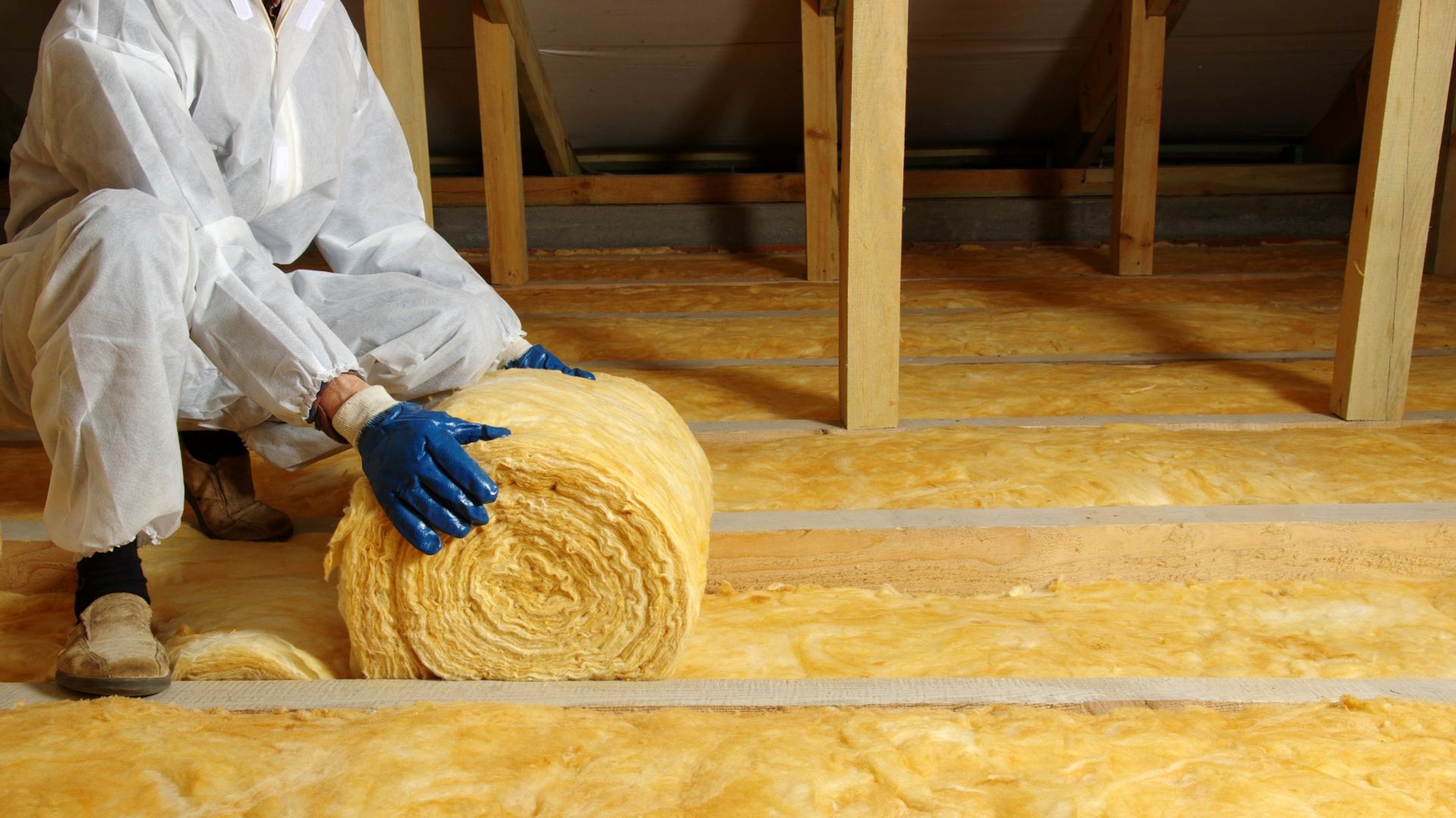
What is the Best Type of Insulation for a House?
Proper home insulation in NZ is necessary for a warm and cozy home all year round. According to the World Health Organisation, temperatures below 16 degrees increase the risk of respiratory disease. The minimum temperature requirement for indoor places is at least 18 degrees or 20 degrees in homes with young children. Unlike an un-insulated home that uses up to 30% more energy to heat, a well-insulated home is energy efficient. It helps to trap heat inside your home, reduce your power bill, and enhance the value of your property. Different parts of the house require different insulation types. So, what is the best type of insulation for a house? We discuss the options to help you make an informed choice.
Common Insulation Types
Spray Foam
Spray foam insulation is applied using a spray gun and expands and hardens as soon as it contacts a surface. This insulation material is perfect for existing finished areas and irregularly shaped or hard-to-reach spaces around obstructions. Since the application job affects the thickness and coverage of spray foam, a specialist should handle the installation process.
Loose Fill Insulation
Loose fill materials like polyester are cost-effective and widely used, while natural wool is a sustainable alternative that can be blended with other preservatives for added strength. This insulation type is blown into place with special equipment and is perfect for adding to irregularly shaped areas or around obstructions. It conforms to any space without disturbing existing structures or finishes.
Blanket Batts and Rolls
Glass fibre wool like Pink® Batts® is designed specifically for the Kiwi climate. Made from over 80% of New Zealand-sourced recycled glass, this insulation material has reduced environmental impact. It performs better than other fibrous insulation materials with better quality and durability. With a range of applications, Pink® Batts® is highly versatile and can be installed in most areas of the house.
Rigid Foam
Rigid foam boards made of polystyrene or polyurethane are great for unfinished walls, ceilings, and unvented low-slope roofs. Coming in a range of R-value options, rigid foam insulation offers high insulating factors for relatively little thickness and can block thermal short circuits if installed continuously over frames or joists. Special care must be taken during the installation of this rigid material to not reduce its overall performance.
Which Insulation Type is Right for You?</h2>
Choosing the best type of insulation for a house can come with some considerations.
R-Value Requirements
An R-value rating refers to a material’s ability to resist heat transfer, with a higher value relating to better performance. The New Zealand Building Code specifies the minimum construction R-values for multiple locations in a home, which should be followed exactly for a warm and cosy home that is easier to heat. For rental properties, landlords must follow the Residential Tenancies Act, which highlights the correct R-value for separate locations in New Zealand.
Cost
If cost is an important factor when deciding on your insulation type, consider the level of performance you’re aiming to achieve in line with the requirements and the type and amount of insulation you’ll need for each area across your home.
Stay Warm, Healthy, and Happy with Aeon Energy
Knowing and installing the best type of insulation for a house can be difficult. Incorrect and poorly fitted insulation is ineffective for a warm and cozy home. Contact Aeon Energy Solution for a free home consultation to get the most out of your investment. Our expert team will assess your circumstances and formulate a custom ceiling insulation plan to suit your house. Reach out to us today!

